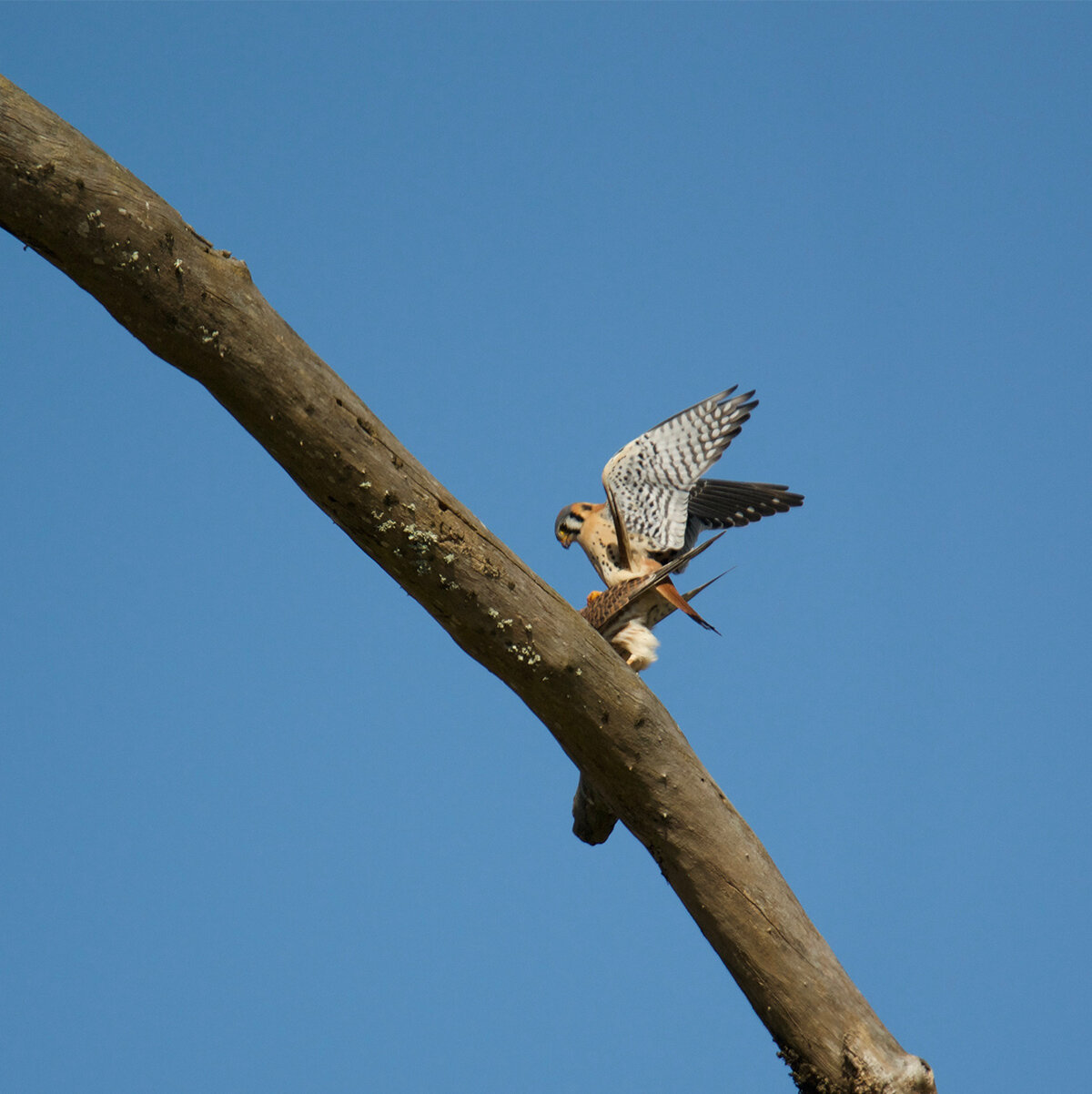I love this exuberant, little bird. I find the colors and patterns of this bird are very striking. Even though it is a small bird, I feel it has a strong voice that can carry quite far across the landscape. I often hear them parading around up on the hillside as I enter the White Oak Pavilion. They are active birds that are constantly foraging throughout the forest canopy. The last few days I have regularly seen them stopping by this old snag to investigate the punky wood. They have strong, pointy bills, and they have been excavating small holes as they search for food inside the dead tree. Thus, I was able to take a few photos as they temporarily remained in one spot.
Peterson’s description of their voice:
”Call higher, more nasal than White-breasted Nuthatch, ank or enk, sounding like a baby nuthatch or tiny tin horn.”
Check out their toots, squeaks and chattering on the Audubon’s website:
https://www.audubon.org/field-guide/bird/red-breasted-nuthatch





























































